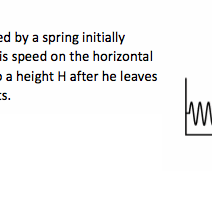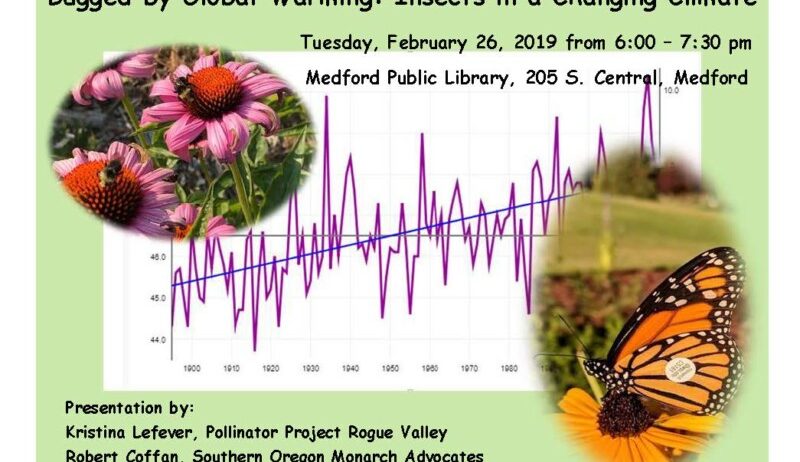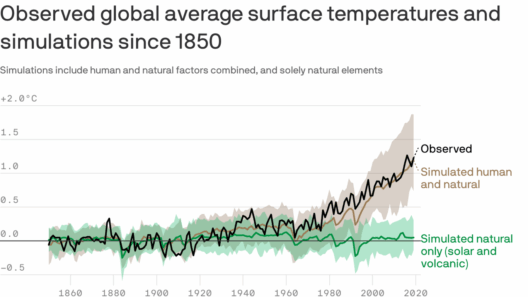In recent years, a curious observation has emerged within the realms of entomology and climatology: the apparent increase in the size of certain insect populations. This phenomenon has not only piqued scientific interest but also provoked public fascination. As temperatures rise due to global warming, the implications for insect physiology and ecosystems deserve rigorous examination. This article will delve into whether insects are indeed getting bigger, the mechanisms behind it, and the broader ecological consequences.
To understand the relationship between global warming and insect size, it is essential to define a few critical concepts. Insects are ectothermic organisms, meaning their body temperature and metabolic rate are largely influenced by external environmental conditions. Thus, as global temperatures rise, one might hypothesize an increase in metabolic rates, reproductive rates, and, possibly, size. Bergmann’s Rule played a significant role in shaping this hypothesis. According to this ecological principle, species tend to be larger in colder climates and smaller in warmer regions. As we enter an era of elevated temperatures, the counter-narrative to Bergmann’s Rule becomes intriguing: could warmer climates lead to larger insect sizes instead?
The concept of ‘gigantism’ in insects is not entirely new. Historical records indicate that prehistoric epochs, like the Carboniferous period, showcased enormous insects due to a combination of atmospheric conditions and the availability of oxygen. The modern interpretation of insect size variations, however, must factor in the ongoing climate crisis. Research has begun to suggest that under specific conditions, warmer temperatures may actually foster larger insect bodies, albeit this phenomenon can be species-specific and is not universally observed.
One of the principal reasons larger insect sizes may arise under climate change stems from increased food availability and altered plant physiology. Elevated CO2 levels can enhance plant growth, offering more nutrition for herbivorous insects. Consequently, larger herbivorous species could thrive and, in turn, support larger carnivorous insects along the food chain. As food webs adapt to these changes, ecosystems undergo shifts that can enhance or inhibit specific species, feeding into the natural selection process.
However, not all insects respond positively to climate change. While some may experience increased sizes, others could face detrimental effects, including smaller body sizes, population declines, or even extinction. A multitude of factors such as habitat loss, altered precipitation patterns, and the introduction of invasive species further complicates the narrative. For example, certain predatory insects may find it increasingly challenging to pursue prey that become smaller or faster due to environmental pressure. The ripple effects on ecosystem balance cannot be underestimated.
Another interesting consideration is how temperature affects the developmental stages of insects. Many species undergo a metamorphic lifecycle characterized by larval, pupal, and adult stages. Research indicates that accelerated temperatures can hasten development, sometimes leading to smaller adult sizes if resources are inadequate during critical life stages. This dichotomy presents a complex picture of how size variations could potentially arise from climate-induced stresses.
Moreover, the physiological mechanisms that might cause insects to increase in size under warming conditions lie within their transformative biology. As temperatures ascend, metabolic rates may rise, potentially accelerating growth and development processes. However, this increased metabolic rate necessitates substantial energy acquisition, which may not always be feasible as resource availability fluctuates. If insects cannot secure enough energy, the accelerated growth may backfire, resulting in smaller body sizes.
Beyond size, climate change influences insect behavior, reproduction, and distribution. Insects are vital for pollination and are crucial players in maintaining ecological integrity. Changes in their populations could significantly impact food systems and biodiversity. For instance, larger insects may have an outsized role in pollination, ensuring plant reproduction in a warming environment. Yet, if other species decline, the balance may tip unfavorably, leading to cascading effects on other flora and fauna.
Adaptation is another avenue through which climate change impacts insects. Some species may evolve to cope with larger body sizes, increased temperatures, or altered habitats. However, the pace of climate change often exceeds the natural adaptability rates of many species, which could lead to a concerning imbalance in ecosystems. Insects generally have short lifespans, allowing for rapid evolution, yet whether this can keep up with the current rate of climate change is uncertain.
In summary, the question of whether insects get bigger due to global warming is intricately linked to a myriad of ecological interactions. While some insects may thrive and increase in size due to favorable conditions, others might suffer dire consequences from the changing climate. The complexities of size variations among species highlight the intricate balance of ecosystems and the fundamental role insects play within them.
As we continue to observe these developments, it becomes imperative to foster awareness about the implications of climate change on insect life and, by extension, ecological health. The interconnectedness of climate systems, species, and environmental stability underscores the urgent need for conservation efforts and sustainable practices. The relationship between global warming and insect physiology warrants ongoing research, as understanding these dynamics can inform strategies to mitigate climate change’s adverse effects on biodiversity.






